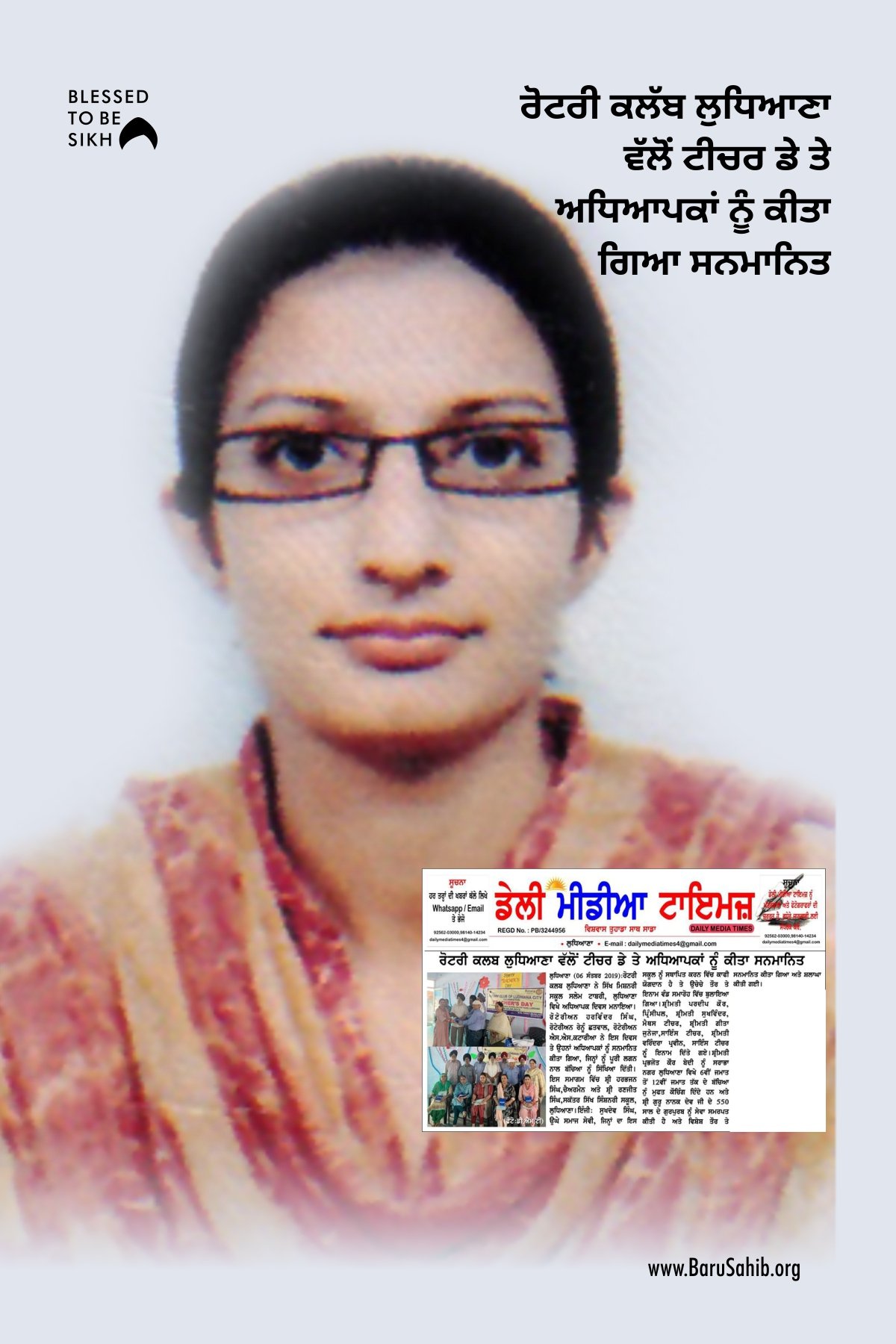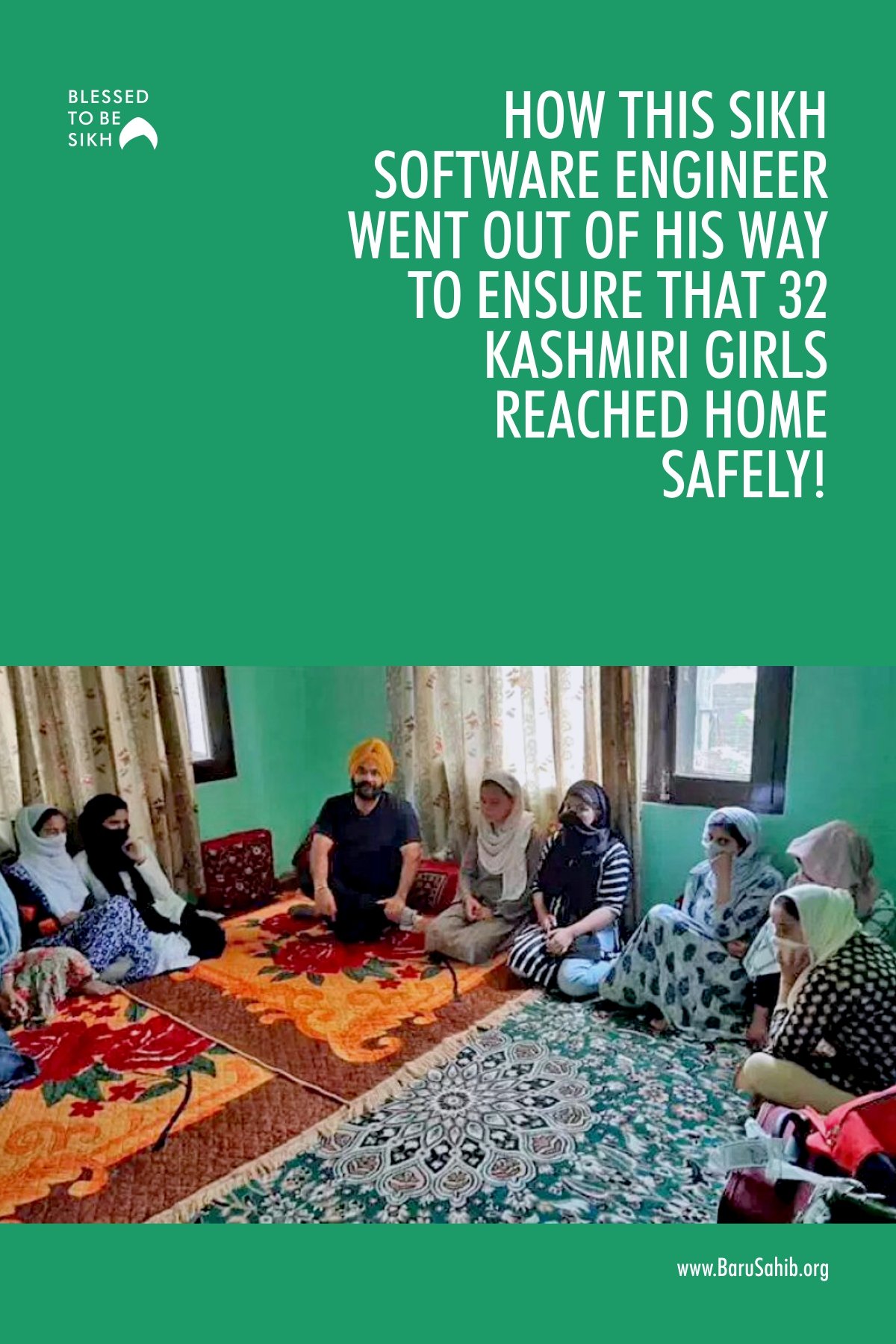While the rest of his teammates left the locker room and headed to Chipotle for dinner, Samrath Singh sat alone tying his turban.
“It’s definitely a process,“ Singh said. “I’m used to it by now.”
Just hours before, teammates scrambled in front of the mirror to shave off any semblance of facial hair in accordance with the baseball team’s strict clean-shaven policy. Singh smiled as he stroked his long beard. “I’m glad I don’t have to worry about that.”
Samrath Singh is a rising sophomore at Boston College. He is a Sikh. Already a minority in a predominately Catholic, white university, Singh has brown skin and a thick beard that his religion prohibits him from shaving. While his classmates wear pastel shorts and a polo shirt, Singh wears a turban (light blue is his favorite color) that adds a few inches to his 6-foot-4 frame.
Singh believes he is the first Sikh to play college baseball, let alone in the ACC, a top tier conference. On top of all of this, he has a legitimate chance to become the first of his religion to make it to the professional ranks.
His story is unique, yet started in a typical way.
“My parents always pushed me to get involved in many sports,” Singh said, who played golf, tennis, and baseball growing up, and like many young kids, he gravitated to the activity in which he was most successful. “I always threw hard for my age, and I hit 30 home runs in my Little League career.”
By the time he reached middle school, Singh was playing on elite travel teams across New Jersey and taking pitching lessons twice a week. Once Singh matriculated to New Jersey’s West Windsor High School South, he really began to excel on the diamond. As a freshman on the junior varsity team, Singh was named team most valuable player.
“My parents encourage me to do more with everything,” Singh said. “That was probably the peak of my high school career.”
It was at this time that Singh realized he had the talent to play in college. He attended the Stanford baseball camp, and after a strong showing, developed a silent confidence that he could use baseball to help him achieve his goal of attending an elite college.
“Academics have always come first,” Singh said. “Excellence in school is a key part of Sikh culture.“
Singh’s father works in finance, and his mother is a dentist. One of his sisters graduated from Carnegie Mellon University; the other goes there now. From a very early age, the standard was set for Singh to achieve academic success in addition to his athletic pursuits.
This is what drove him in the college recruitment process. He scored a 1510 (out of a possible 1600) on his SAT, and had his eyes set on an Ivy League school such as Princeton or Dartmouth. Singh admitted the college recruiting process didn’t exactly go the way he had planned.
“It was really frustrating,” Singh said. “Coaches actually wanted me more because of the turban. It would just bring more attention to the team and the school. But I was a late bloomer, and the Ivy League schools already had their spots filled.”
One school did have an open spot, however. Boston College pitching coach Alex Trezza had seen Singh twice at tournaments in New Jersey, and invited him to Chestnut Hill for a visit to the campus in the summer of 2017. Singh and his parents were immediately impressed with head baseball coach Mike Gambino, who opened their meeting by talking about Sikhism and how it related to Boston College’s Jesuit values.
For instance, Sihks believe in the concept of “seva,” or selfless service. In their meeting, Gambino said that this core tenet was very similar to the Jesuit mission of “men and women for others.”
“That definitely sold my parents immediately,“ Singh recalled. “He was the first coach I talked to that really took a deep interest in my religion and made me feel really comfortable.”
Singh also liked BC’s Carroll School of Management, whichBloomberg Businessweek ranked sixth among undergraduate business schools in 2016. He fell in love with the Gothic architecture on the Chestnut Hill campus, too. Singh committed to attend Boston College on a baseball scholarship on his 17th birthday, July 7, 2017.
Before he arrived on campus, Singh had the chance to forgo college and head right to the pros. During his senior season, Singh got calls and texts from MLB scouts and advisors. The lanky lefty with a 92 mph fastball attracted a lot of pro attention. There was a lot of pressure to perform, and for a lot of high school kids, this can be paralyzing. But Singh was never fazed.
“Honestly, I had my mind set on going to college. Remember, academics have always come first,” Singh said. “Of course I’d love to play pro ball some day, but at that time I was very content with going to Boston College.”
For some, college is that coveted escape from overbearing parents and a time to go wild. Others are more homesick and crave the comforts of their old lives. The majority of the BC student body is white, and Catholic. That’s not Singh, but he said he has had no problems fitting in.
“I’ve found other ways to make connections with people,” Singh said.
One of those ways is through singing. During his first few days on campus, Singh tried out for an a capella group, though he ended up not being able to join because of the time commitments of baseball. He’ll sing at parties, though, and if you walk into one of the dining halls at just the right time, you might overhear him singing “Valerie” by Amy Winehouse to hordes of attentive classmates.
On top of all these challenges, freshman student-athletes have to adjust to the dynamics of new teams, new coaches, demanding schedules, and, for some, the first instances of athletic failure. Pitchers who are bound for Division I baseball routinely dominate their high school games, rarely ever challenged by more than a few hitters in any given line-up. But at the ACC level, they are humbled quickly.
“It wasn’t what I expected,” Singh admitted. “It took me a little bit to get adjusted to the speed of the game and to the intensity of the workouts.”
“I wasn’t used to the time commitment,” Singh continued, who was also nursing an injured elbow at the time. “I wasn’t used to the pace of practice. It was really tough to feel like I was a part of the team when I couldn’t even play.”
In March, Singh got the diagnosis: a torn ulnar collateral ligament. The prognosis was that he needed Tommy John surgery, a devastating injury for an aspiring young pitcher that would leave Singh out of competition for at least a year.
“It was crushing,” he admitted. “But it was also a huge weight off my shoulder. I finally knew what was wrong with me and was able to begin the healing process.”
In addition to stiffer competition and injuries, Singh has dealt with more adversity as he has entered college baseball. He does not fit the profile of the stereotypical college athlete. And he doesn’t care.
“I don’t want anyone feeling bad for me,” he said. “I just want to be one of the guys. And so far, I’ve felt that. … All the guys have been nothing but great to me. Even in my short time here, I’ve made some really close friendships with guys I would consider brothers.”
The Boston College baseball program prides itself on a culture of brotherhood. Players past and present are always welcome back at practice and games. It’s a family, and it’s a dynamic Singh is proud to be a part of. And while Singh knows people stare at the turban, he doesn’t get upset. He understands.
“I used to get angry because I thought Sikhism was well known,” he said. “Now, I see it as part of my responsibility to educate people on my religion. … Because I am Sikh, I feel I have to prove I belong. It drives me through a tough practice, an exhausting workout, or a late night studying.”
Singh reacts to any sort of racial profiling with humor and grace. He has faced racial slurs when on the mound. In high school, an umpire came up to him and asked him if he was on the cricket team. He laughs about these incidents now, but one thing that does bother Singh is airport security.
On trips, Singh is often the one “randomly selected” for a pat down or full body check. TSA agents may swab his hands and have occasionally taken him to a back room for further inspection.
“I’ve been called a terrorist before by random kids and fans,” Singh said. “That is definitely frustrating and humiliating.”
As for advice to the next generation of Sikh athletes, Singh kept it simple.
“I would just say to find what you’re passionate about and chase that,“ Singh said. “My parents put me in a lot of different activities and baseball stuck. I’ve worked hard and made it because I enjoy it.”
Singh acknowledges that one reason there aren’t more Sikh athletes in American sports is because there is a dominating focus on education among Sikhs. Most Sikh parents, he said, believe a deep involvement in sports will hamper their children’s chances of going to Ivy League schools. Singh said he faced this pressure, and saw it among his friends in high school. Families flock to West Windsor, New Jersey, so their children can attend the highly-ranked public school system with the “Ivy-or-bust” mindset.
“I am grateful that my parents stressed balance,” Singh said. “Whenever I feel stressed by school work, I knew baseball was always there to take my mind off things.”
Singh also said Sikhs prioritize music and the arts more than sports.
“I was actually a good viola player once upon a time,” Singh said. “But after I tasted a lot of success with baseball, I kind of pushed the viola to the side. I was definitely different. I guess I still am.”
While baseball has not gone as planned, Singh has done well in the classroom. He is a finance and computer science double major with a 3.75 GPA.
“My cousins are my role models,” Singh said. “They both work at tech companies in California. Palo Alto is my favorite place in the world. I hope to end up there one day.”
Despite a strong back-up plan, Singh’s ultimate goal is to make the MLB. He knows it will be a long road. He knows it will be difficult. But he knows he has an entire community supporting him.
“I just want to inspire the next generation,” Singh said. “It’s perfectly fine for a Sikh kid to wish he was Mike Trout or Bryce Harper. But I want them to see another Sikh at the highest level. I want kids to see someone that looks like them.”
-perfectgame.org










